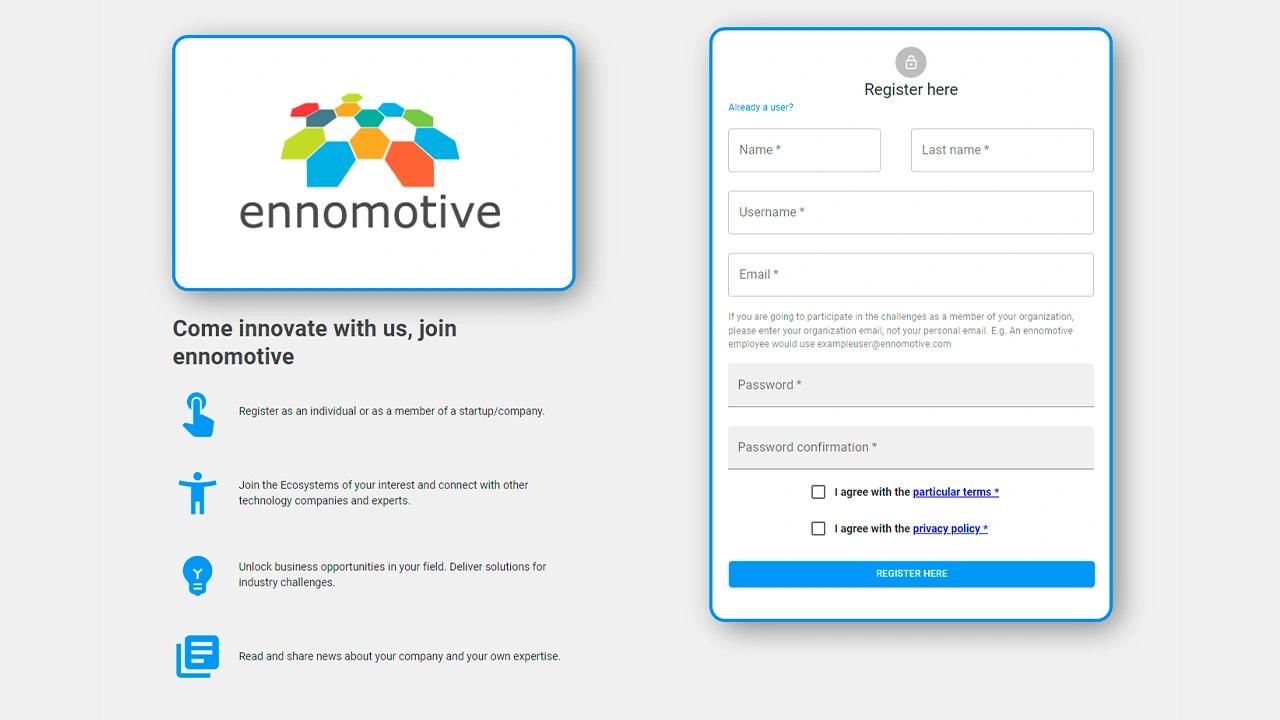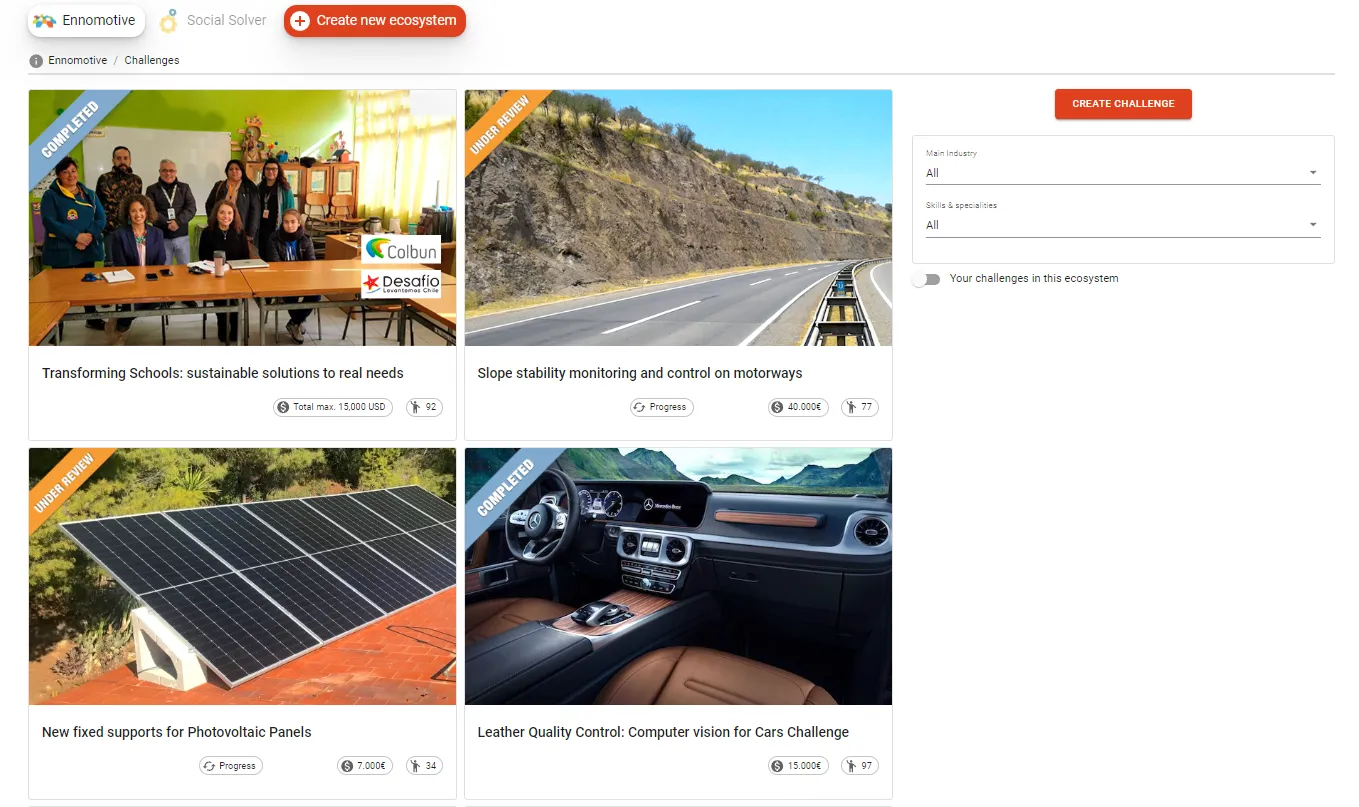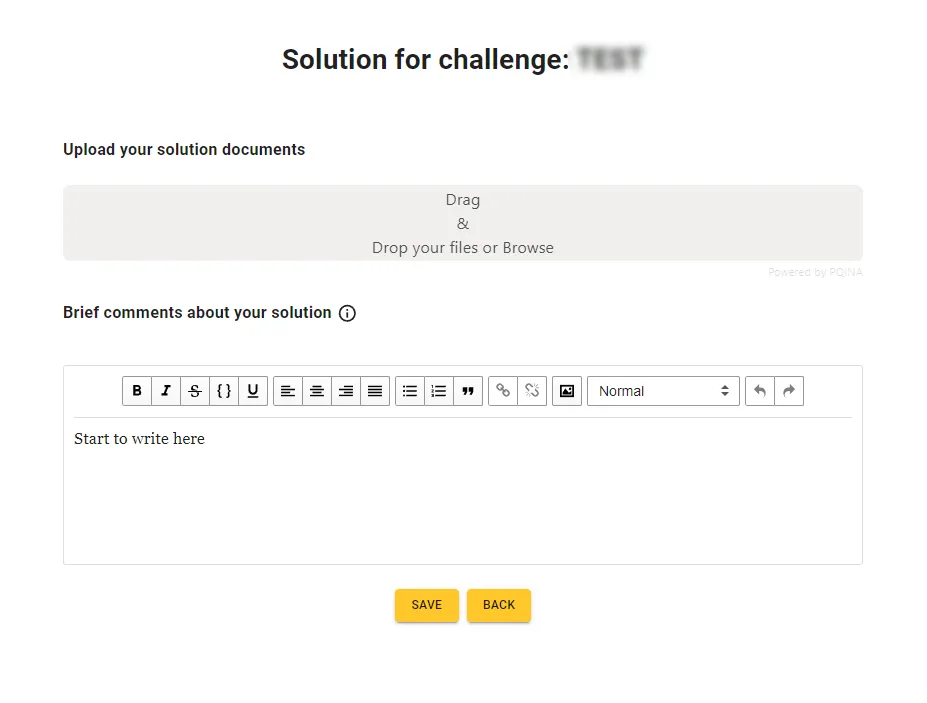Background
Grupo Antolin is one of the largest players in the car interior market internationally and first global supplier of headliner substrates. Grupo Antolin started its business journey in the 1950s as a mechanics garage in Burgos, Spain, and today it has become a leading multinational company in the development, design and manufacture of interior components for the automobile industry with a long industrial tradition and mastery of a broad technology portfolio.
The company is a key reference in the automotive sector, offering products with high added value to outfit automobile interiors: Overheads & Trunk Trim, Doors & Hard Trim, Lighting and Cockpits & Consoles. GA is a profitable, competitive company established in 25 countries where more than 30,000 individuals provide their skills. Creativity, leadership and client satisfaction continue to be the core values of the Company today, which are the best recipe for success in the future.
The challenge
New requirements such as 5G connection, autonomous driving, sensors, and monitoring are exponentially increasing the need for higher number and more powerful electronics in the vehicles.
This new higher power consumption generates more heat which, in combination with the limited room available for housing these electronics, and other specific factors such sun radiation, increases the temperature in the electronics located between the metal car body and the interior parts. These high temperatures will significantly reduce the life of electronic components and could damage them.
There are a lot of studies about thermal scenarios inside the vehicle. It has been tested that it could reach:
• 65ºC inside the cabin
• 85ºC between the headliner and the metal roof
• 95ºC in the exterior metallic surfaces.
The combination of these temperatures with the heat produced by electronics creates a thermal scenario where the electronics reach 110ºC (see annex 3).
Considering the new design, it is not allowed:
• Introduce pressured fluids as a refrigerant, due to safety reasons.
• Use current climate system control to cool electronics is also out of the business portfolio.
• Traditional fans, due to noise and cost penalizations.
We are performing several tests with:
• Phase Change Materials
• Connecting electronics with a cooler point in the vehicle.
• Peltier cells, but they are not energy efficient
What the client is looking for
We are looking for solutions to ensure good thermal conditions in all kinds of electronics integrated in our parts (communications, safety, infotainment…) The target temperature for the electronics is 80ºC.
The solution should focus on our interior parts portfolio (headliner, doors, cockpits, central consoles...) See annex attached with photos / plans of the parts and sections detailing the composition of the layers.
The proposed solution may be integrated or establish synergies with other existing systems in the vehicle.
We are searching for a solution with no power consumption which also works with no human interaction.
Evaluation Criteria
• Low cost solution
• Integration level and Packaging
• Safety (nontoxic or dangerous products)
• Energy Efficiency
This is a 1-round tournament with the following submissions
PDF document including
• Brief description of the proposed solutions
• Sketches, 3D Designs
• Feasibility evidence of the solution
• Origin and seller of the products/solution
Tournament Structure and Timeline
This is a one-round challenge with the following deadlines:
● 6 weeks + 3 weeks for evaluation



